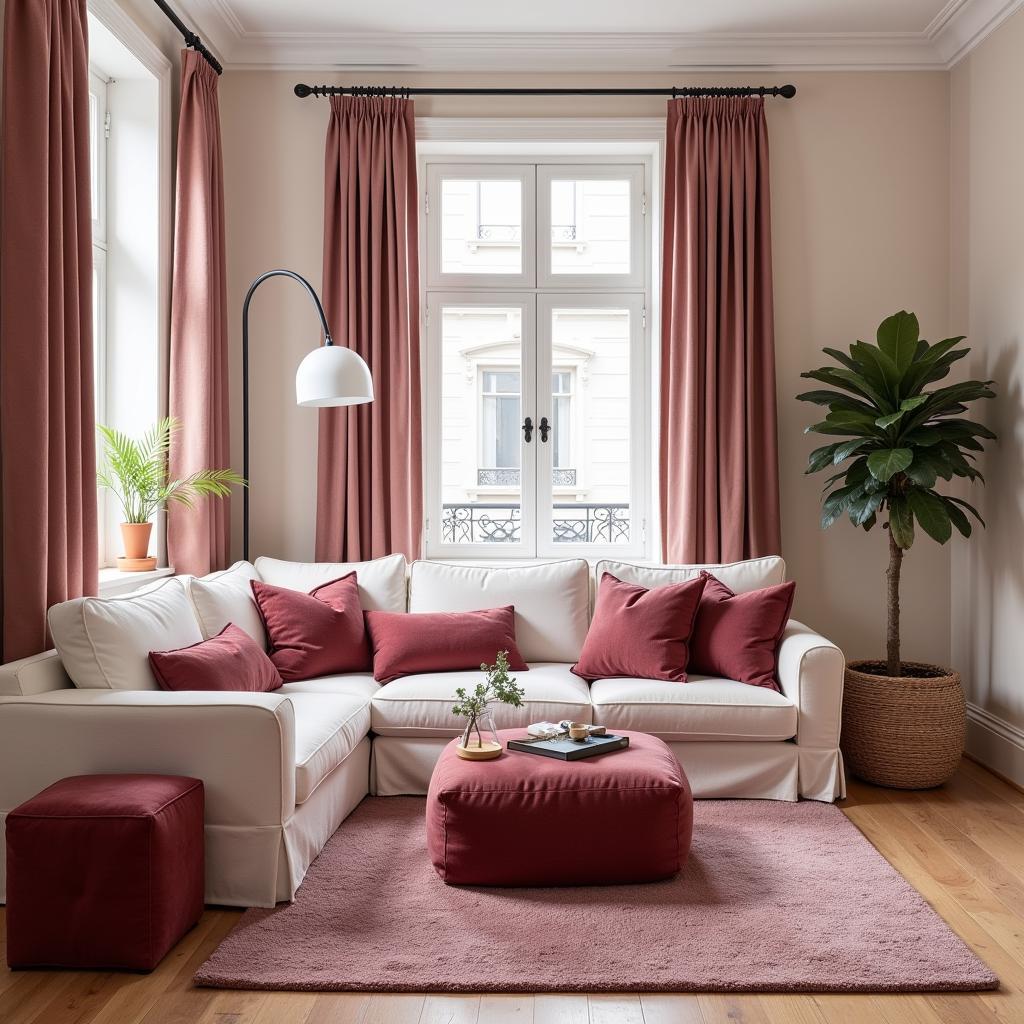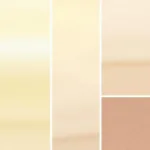Puce. It’s a color that often sparks curiosity and confusion. Many people have heard the word but struggle to visualize the actual hue. So, What Does The Color Puce Look Like? In essence, puce is a dark reddish-brown, often described as a deep purplish-brown or a dusky red with hints of grey. It’s a complex color with a certain understated elegance. This article delves into the nuances of puce, its origins, its use in various fields, and how to identify this sometimes elusive shade.
Understanding the Nuances of Puce
Puce is not a straightforward primary or secondary color. It’s a tertiary color, meaning it’s created by mixing two secondary colors, in this case, purple and orange. The precise mix, however, can vary, leading to different interpretations of puce. Some versions lean towards a deeper brown, while others have a more pronounced purplish hue. This ambiguity adds to the mystique of puce and allows for flexibility in its application.
The History and Origin of Puce
The word “puce” comes from the French word for flea, “puce,” and specifically, the color of a flea’s blood after feeding. This might seem an unusual origin for a color name, but it reflects the historical context in which puce emerged as a fashionable shade. In 18th-century France, the color gained popularity, perhaps due to its association with royalty and luxury.
 Puce Color Variations
Puce Color Variations
Identifying Puce in Everyday Life
While the exact shade of puce can be debated, there are certain key characteristics that help identify it. Look for a dark, muted color with both red and brown undertones. It’s often described as dusty or muted, lacking the vibrancy of a pure red or brown. Puce is a sophisticated, earthy color that often blends seamlessly with natural surroundings. Think of dried leaves in autumn, the rich soil of a forest floor, or certain types of dark wood.
Puce in Fashion and Design
Puce has had a fascinating journey through the world of fashion and design. From its royal beginnings in France, it has experienced periods of both popularity and obscurity. While not a trendy color, puce offers a timeless elegance and is often favored by those seeking a sophisticated and understated look. It can be found in clothing, accessories, and home décor, lending a touch of warmth and refinement to any setting.
 Puce in Interior Design
Puce in Interior Design
Differentiating Puce from Similar Colors
Puce is often confused with other colors, particularly maroon, burgundy, and oxblood. While they share similarities, there are subtle distinctions. Maroon tends to be a richer, brighter red, while burgundy has more purple undertones. Oxblood is darker and more saturated than puce. Understanding these nuances can help you distinguish puce from its color cousins.
What are the Common Questions About Puce?
- Is puce a warm or cool color? Puce is generally considered a warm color due to its red and brown undertones.
- What colors complement puce? Puce pairs well with neutral colors like beige, cream, and grey, as well as with other earthy tones like olive green and burnt orange.
- Can puce be used in modern design? Absolutely! Puce adds a touch of classic sophistication to modern spaces.
Conclusion: Embracing the Subtlety of Puce
Puce is more than just a color; it’s a nuanced hue with a rich history and a subtle charm. Understanding its origins, identifying its characteristics, and recognizing its versatility can help you appreciate the beauty of puce. From fashion to interior design, puce offers a unique aesthetic that appeals to those seeking a touch of understated elegance. So, next time you encounter this intriguing color, you’ll be able to appreciate its depth and complexity.
FAQ
- What is the closest Pantone color to puce? While there isn’t an exact Pantone match, several shades come close, such as 19-1324 TPX (Reddish Brown) or 18-1328 TPX (Dried Herb).
- Is puce a popular color? Puce is not considered a trendy color, but its timeless elegance ensures its continued presence in various design fields.
- What is the meaning of puce in different cultures? The meaning of puce is generally consistent across cultures, primarily associated with the color of a flea’s blood.
- What are some alternative names for puce? While puce is the most common name, it can sometimes be referred to as reddish-brown or dark purplish-brown.
- Can puce be used in graphic design? Yes, puce can be used in graphic design to create a vintage or sophisticated feel.
When you need assistance, please contact Phone Number: 0373298888, Email: [email protected] Or visit our address: 86 Cau Giay, Hanoi. We have a 24/7 customer service team.

